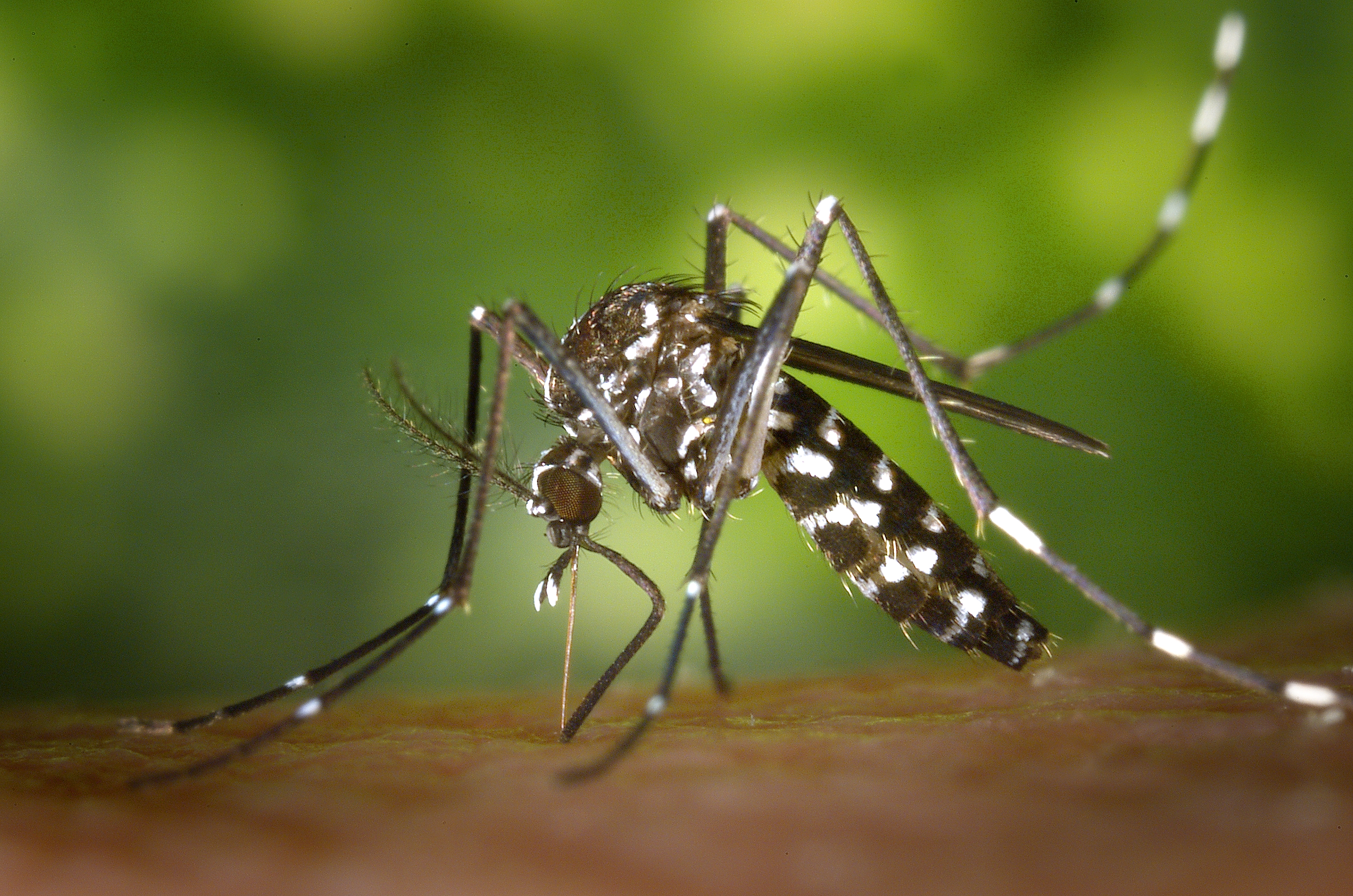Zika Virus: Symptoms, Risk, Treatment & Prevention

The Zika virus is spread by bites of infected mosquitoes in the Aedes genus. The virus was first identified in the Zika Valley, in central Africa, in 1947, according to the Mayo Clinic. Over the years, it spread to southeastern and southern Asia, Pacific islands and the Americas. While it can be particularly dangerous to fetuses and newborns, it is not generally dangerous to children or adults.
Zika belongs to the flaviviruses family of viruses. This family includes West Nile, dengue, yellow fever, Japanese encephalitis and tick-borne encephalitic viruses. In early 2016, a team led by Purdue University researchers identified regions within the Zika virus structure. The team viewed the virus using cryo-electron microscopy, near-atomic resolution, and found the structure was very similar to that of other flaviviruses. Zika has a RNA genome surrounded by a fatty membrane inside an icosahedral protein shell. This research could be critical to the development of effective antiviral treatments and vaccines because the structure could reveal how the virus is transmitted and manifested.
“The structure of the virus provides a map that shows potential regions of the virus that could be targeted by a therapeutic treatment, used to create an effective vaccine or to improve our ability to diagnose and distinguish Zika infection from that of other related viruses,” said Richard Kuhn, director of the Purdue Institute for Inflammation, Immunology and Infectious Diseases (PI4D), who led the research team with Michael Rossmann, Purdue’s Hanley Distinguished Professor of Biological Sciences. “Determining the structure greatly advances our understanding of Zika — a virus about which little is known. It illuminates the most promising areas for further testing and research to combat infection.”
Symptoms
According to the Centers for Disease Control and Prevention (CDC), one in five people infected with the Zika virus will become ill. Most people infected with Zika virus have few or no symptoms, and may be unaware that they are infected with the virus.
“Those who do feel ill may experience fever, rash, joint pain, and red eyes (conjunctivitis)," Dr. Robert Amler, vice president for government affairs, dean and professor of public health and professor of pediatrics and environmental health science at New York Medical College in Valhalla, New York, told Live Science. "These symptoms are usually mild and last only a few days or up to one week.” Symptoms typically occur about two to seven days after the mosquito bite, according to the World Health Organization (WHO).
Risk
Deaths and hospitalizations caused by the Zika virus are rare. Fetuses and newborns are particularly at risk, though. Birth defects have been linked to the Zika virus, including severe brain damage in babies. Fetuses in the first trimester are particularly susceptible to birth defects from this virus, according to the Pan American Health Organization. Zika can also lead to miscarriages.
“The greatest risk of Zika complications might be to newborn babies," Amler said. "Although a definite cause has not been proven, a sizeable increase in newborns with microcephaly, a serious birth defect, has occurred in Brazil in babies born to mothers who were infected during their pregnancies with Zika virus. Zika virus infection also may be associated with Guillain-Barre syndrome in adults, a serious form of paralysis.”
Get the world’s most fascinating discoveries delivered straight to your inbox.
Though rare, Zika can be passed from a mother to child during birth. There have been no cases of the virus passing from mother to child through breastmilk, according to the CDC.
Treatment
Zika is typically diagnosed after a series of blood tests. There are no vaccines or medications available to prevent or treat Zika infections, though. If Zika is found, a medical professional will likely prescribe plenty of rest and fluids to help the body naturally combat the infection. Acetaminophen or paracetamol may also be used to help with fever and pain, according to the Mayo Clinic.
Prevention
There are several ways prevent Zika infection. First, avoid traveling to countries that are currently experiencing an outbreak. “The greatest risk of Zika virus infection is among people exposed to mosquito bites in Zika-affected areas," Amler said. "Currently these include Puerto Rico and a number of countries in Central America, the Caribbean, South America, and certain other island locations in tropical parts of the world."
As of January 27, 2016, the list of affected countries includes Barbados, Bolivia, Brazil, Colombia, Dominican Republic, Ecuador, El Salvador, French Guiana, Guadeloupe, Guatemala, Guyana, Haiti, Honduras, Martinique, Mexico, Panama, Paraguay, Puerto Rico, Saint Martin, Suriname, U.S. Virgin Islands, Venezuela, Samoa and Cape Verde. This list may grow as additional laboratory-confirmed cases are reported in residents or in others who have traveled to Zika affected locations.
No locally caused cases of the Zika virus have been reported in the continental United States, but cases have been reported in returning travelers, according to the CDC. Travelers can check the CDC or WHO websites to obtain the most up-to-date list of travel advisories for destinations around the world.
If travel can’t be avoided, prevent mosquito bites to avert infection. Amler suggested that mosquito bites are best avoided by local vector control. This is the prevention of mosquito breeding by eliminating standing water and applying larvicide and by taking personal measures. Minimize outdoor activity, wear long clothing or permethrin-treated clothing including boots and socks, sleep in enclosed and netted spaces, and using effective insect repellants such as 20 percent DEET, picaridin, IR3535 or oil of lemon eucalyptus (OLE) to prevent mosquito bites. “All EPA-registered insect repellants can be used safely by pregnant and breastfeeding women,” said Amler.
Additional Resources



